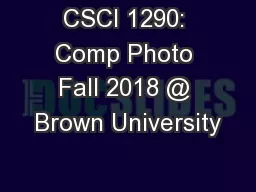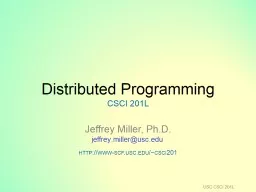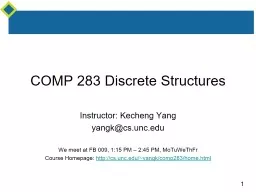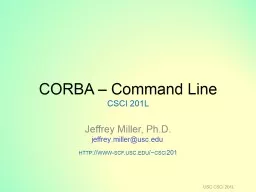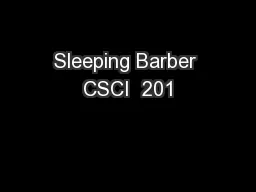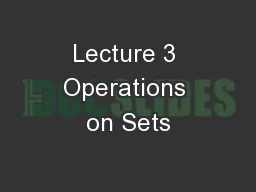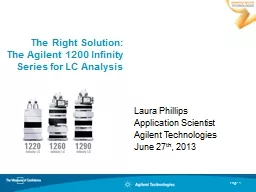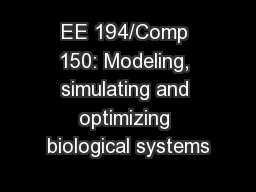PPT-CSCI 1290: Comp Photo Fall 2018 @ Brown University
Author : danika-pritchard | Published Date : 2018-10-31
James Tompkin Many slides thanks to James Hays old CS 129 course along with all of its acknowledgements Questions from Tuesday Aaron Crepuscular rays during an
Presentation Embed Code
Download Presentation
Download Presentation The PPT/PDF document "CSCI 1290: Comp Photo Fall 2018 @ Brown ..." is the property of its rightful owner. Permission is granted to download and print the materials on this website for personal, non-commercial use only, and to display it on your personal computer provided you do not modify the materials and that you retain all copyright notices contained in the materials. By downloading content from our website, you accept the terms of this agreement.
CSCI 1290: Comp Photo Fall 2018 @ Brown University: Transcript
Download Rules Of Document
"CSCI 1290: Comp Photo Fall 2018 @ Brown University"The content belongs to its owner. You may download and print it for personal use, without modification, and keep all copyright notices. By downloading, you agree to these terms.
Related Documents

